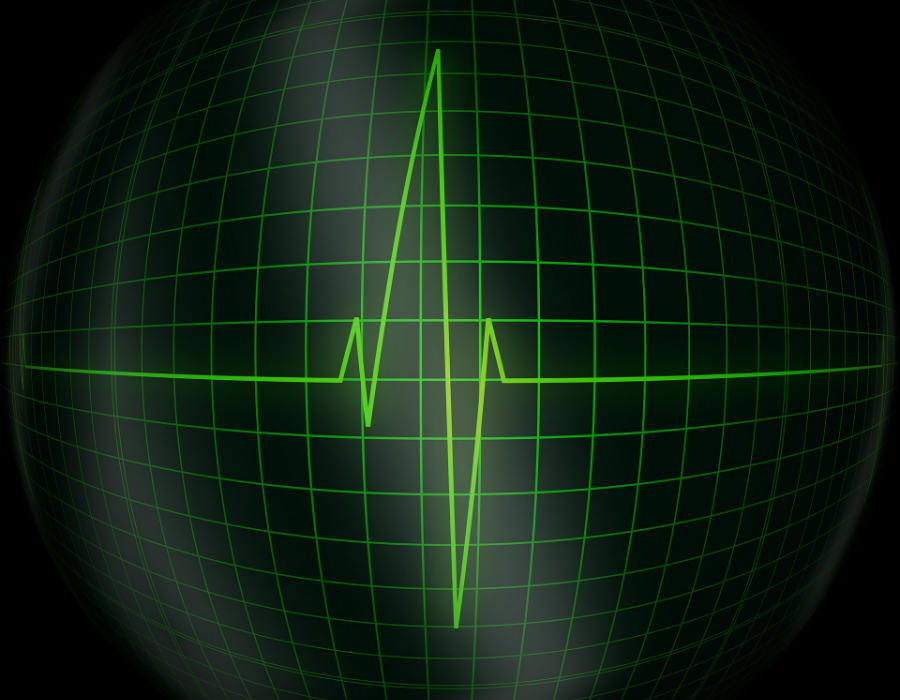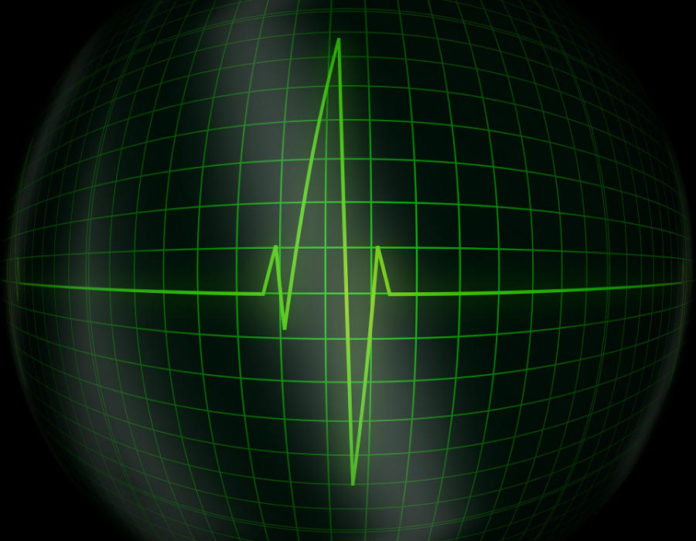
Credit: Gerd Altmann
A miniature model of a human heart has been grown for the first time in a laboratory setting. Scientists from the Michigan State University achieved this milestone. This mini heart has the vascular tissue and all primary heart cell types with a functioning chamber structure.
Around the world, nearly 1% of all newborns are affected by the most common birth defect, “the congenital heart disease”. Growing human heart organoids (hHO), as they are called, in a laboratory setting allows researchers to get a clear picture on how the fetal heart naturally grows and to lively access various congenital defects in fetal human hearts. Their medical applications would be endless in many other cardiovascular diseases as well.
“Now we can have the best of both worlds, a precise human model to study these diseases—a tiny human heart—without using fetal material or violating ethical principles. This constitutes a great step forward,” says Prof. Aitor Aguirre, a senior author of the study.
How was this achieved?
This was developed through a stem cell framework which mimicked the natural environment of the fetal heart development. The study used “pluripotent stem cells” a cell type that has the ability to renew itself by converting to primary germ cell layers and thereafter to all cells of the body. The researchers induced these cells which were extracted from a consenting patient, and navigated them to be developed into an embryonic state heart structure on a dish. This became a functional model within weeks.
According to Yonatan Israeli, the first author of the study, “Organoids—meaning ‘resembling an organ’—are self-assembling 3-D cell constructs that recapitulate organ properties and structure to a significant extent.”
Their method is said to be cost-effective and easily scalable than the current standard tissue engineering methods which also include intensive labour. And research studies on heart defects so far have been limited to donated organs or mammalian hearts as it is near-impossible to study a developing human heart.
The research is continuing on finessing their final human heart model. According to Israeli, “the organoids are small models of the fetal heart with representative functional and structural features, they are, however, not as perfect as a human heart yet. That is something we are working toward.”

